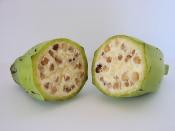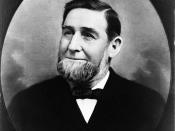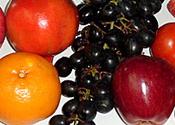Bananas are the most nutritional and unique of all fruits because it is one of the only fruit that do not grow from a tree. Originally from the Indo-Malaysian region, they thrive in many tropical places all over the world. They are also sold in various places and used in foods worldwide, including banana bread, banana pudding, and other banana consisting desserts and foods.
The existence of the banana could be found in China back in the year 200 A.D., but was actually mentioned for the first time in history in Buddhist texts dated 600 B.C.
Throughout history, many great travelers and leaders "discovered" the banana and brought it back to their own countries thus making the banana known among many different cultures. For example, before 1870, bananas were completely unknown to those residing in the United States. However, later that year, a sea captain named Lorenzo Dow Baker left for Jamaica and returned to New Jersey with a strange looking fruit with an unusual name-- "banana".
For two dollars a bunch, Baker sold his "unusual" fruits to eager fruit merchants and gained an exclusive profit in the process.
Found in the Musaceae family, the banana, or Musa acuminata as it is scientifically known, is a monocotyledonous perennial that grows from underground rhizomes. As the plant reaches maturity, its true stem rises from the ground and pushes through the center of its "false" trunk, emerging at the top of the plant to produce male and female flowers. Since the plant only bears fruit once, the plant is then cut down to harvest the banana, which is the fully developed fruit of this tropical plant. Animal vectors are not normally the pollinators of this fruit as are some insects. Although the banana is full of proteins and many nutrients, some people...


